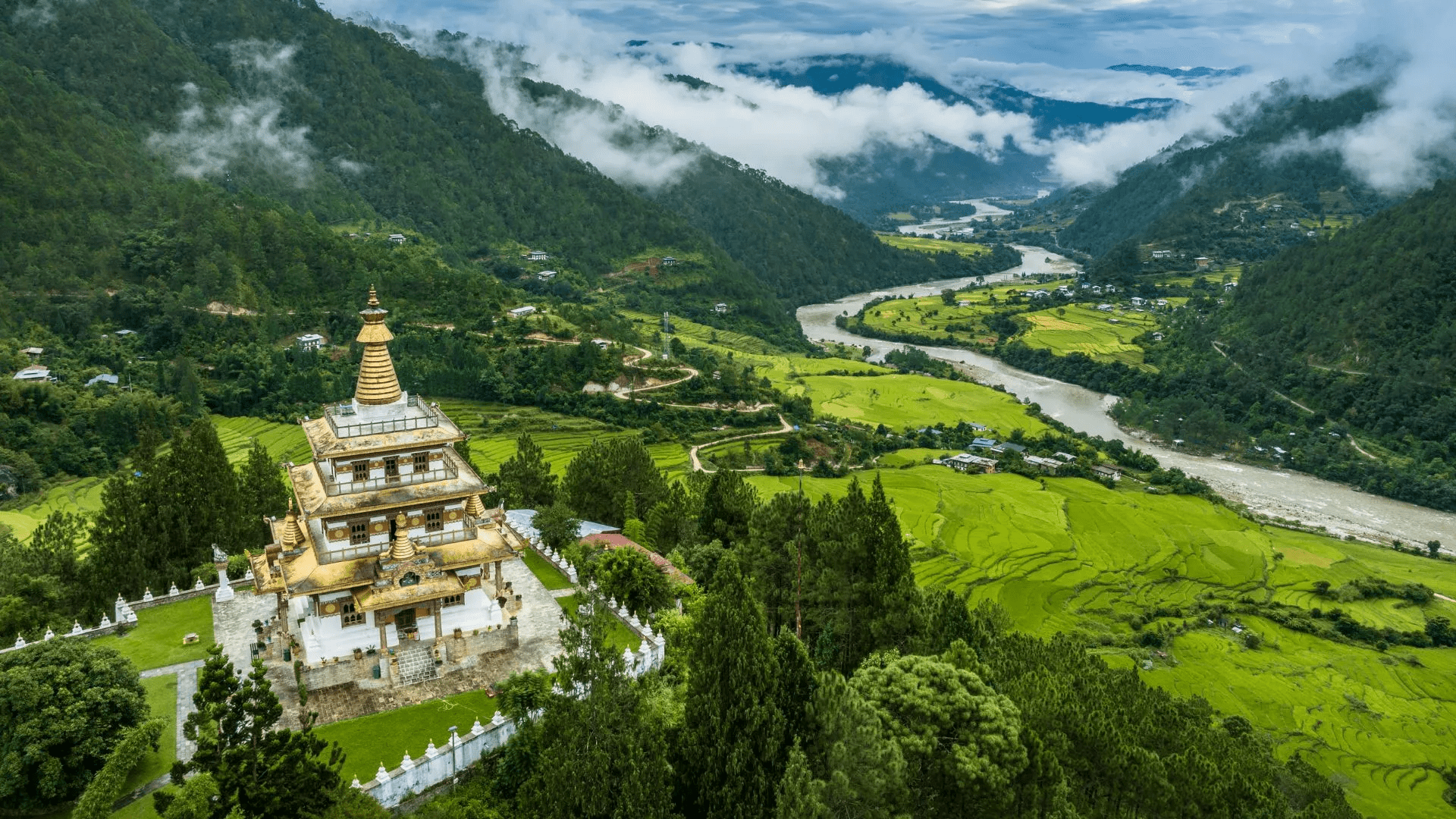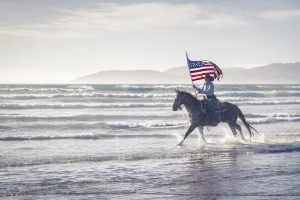Bhutan, a small kingdom nestled in the Eastern Himalayas, is renowned for its rich cultural heritage and vibrant festivals.
The festivals in Bhutan are not merely events; they are a reflection of the country’s deep-rooted traditions, spirituality, and community spirit.
Celebrated throughout the year, these festivals offer a unique insight into Bhutanese culture, featuring colorful masked dances, traditional music, and religious rituals.
This guide will explore some of the most significant festivals in Bhutan, highlighting their unique features, dates, locations, and cultural significance.
Major Festivals in Bhutan
1. Punakha Drubchen
Punakha Drubchen is a vibrant festival that celebrates an important historical event, the unification of Bhutan.
The reenactment of this ancient military victory includes traditional martial arts performances and the captivating pizap dance.
Attendees are treated to a lively atmosphere filled with cultural pride and historical significance.
The festival culminates with a grand display of colorful costumes and intricate masks, making it a visual feast for visitors.
Date: 6th – 8th March, 2025
Location: Punakha
Key Highlights:
|
Reenactment of Historical Events |
The festival commemorates the victory of Zhabdrung Ngawang Namgyal over Tibetan forces in the 17th century. |
|
Traditional Martial Arts |
Local performers showcase traditional Bhutanese martial arts through dramatic displays. |
|
Pizap Dance |
The highlight is the ‘pazap’ or ‘warrior dance,’ where locals don traditional armor and wield swords. |

2. Gomphu Kora Festival
The Gomphu Kora Festival is celebrated at the sacred Gomphu Kora Temple.
Devotees from Bhutan and India gather to pay homage, participate in circumambulation, and enjoy vibrant masked dances.
The festival fosters cultural exchange and highlights the spiritual significance of the location.
The atmosphere is filled with devotion as participants engage in prayers and rituals while enjoying local delicacies offered at food stalls.
Date: 5th-7th April, 2025
Location: Gomphu Kora Temple, Eastern Bhutan
Key Highlights:
|
Devotional Circumambulation |
Devotees perform circumambulation around the temple as an act of devotion |
|
Masked Dances |
Traditional masked dances are performed to honor local deities. |
|
Cultural Exchange |
The festival strengthens ties between Bhutan and neighboring regions like Arunachal Pradesh |

3. Paro Tshechu
Paro Tshechu is one of Bhutan’s most popular festivals, attracting thousands of attendees. Held in the stunning courtyard of Paro Dzong, it features spectacular masked dances that narrate religious stories.
The unveiling of the thongdrol is a highlight that draws immense reverence from participants.
This event not only serves as entertainment but also as a spiritual experience where attendees seek blessings from the deities represented in the dances.
Date: 8th-12th April, 2025
Location: Paro Dzong
Key Highlights:
|
Guru Rinpoche Commemoration |
Celebrates the birth anniversary of Guru Rinpoche, the patron saint of Bhutan |
|
Thongdrol Unveiling |
A massive religious scroll adorned with precious gems is unveiled during the festival |
|
Spectacular Masked Dances |
Various traditional dances are performed by monks and laymen. |

4. Thimphu Tshechu
The Thimphu Tshechu is a grand celebration held in Bhutan’s capital city.
This vibrant festival features a series of masked dances performed by monks and laymen, along with cultural performances that showcase Bhutanese traditions.
The unfurling of the sacred thongdrol on the final day is believed to purify negative karma and bring blessings to attendees.
Visitors can also participate in traditional games like archery, a sport deeply ingrained in Bhutanese culture, making it an engaging experience for everyone.
Date: 2nd – 4th October, 2025
Location: Thimphu
Key Highlights:
|
National Festival Celebration |
It is considered the largest and most important festival in Bhutan. |
|
Sacred Thongdrol Display |
A massive thongdrol is unfurled during the final day of celebrations |
|
Cultural Performances and Sports |
The festival includes various cultural performances and traditional sports competitions. |

5. Wangdue Phodrang Tshechu
Wangdue Phodrang Tshechu takes place in the courtyard of Wangdue Phodrang Dzong.
This festival provides a unique opportunity to experience central Bhutan’s cultural richness through folk songs, traditional dramas, and community participation that fosters a sense of unity among attendees.
The performances often include humorous skits that convey moral lessons while entertaining audiences.
Date: 30th September – 2nd October, 2025
Location: Wangdue Phodrang Dzong
Key Highlights:
|
Cultural Heritage Showcase |
Offers insights into central Bhutan’s rich cultural heritage. |
|
Folk Songs and Traditional Dramas |
Features folk songs and dramas that depict religious stories |
|
Community Participation |
Locals actively participate in various performances |
6. Jomolhari Mountain Festival
Held at the base of Jomolhari Mountain, this festival celebrates the region’s biodiversity and nomadic culture.
Attendees can enjoy traditional dances while engaging in activities such as yak riding.
Cultural exhibitions provide insights into the unique lifestyles of local nomads, including their crafts, clothing, and culinary traditions.
This festival emphasizes environmental conservation while celebrating the beauty of nature.
Date: October
Location: Base of Jomolhari Mountain
Key Highlights:
|
Celebration of Flora and Fauna |
Showcases unique flora, fauna, and nomadic culture. |
|
Traditional Dances and Yak Riding |
Features traditional dances along with activities like yak riding. |
|
Cultural Exhibitions |
Cultural exhibitions highlight nomadic lifestyles |

7. Jambay Lhakhang Drup
Jambay Lhakhang Drup is one of Bhutan’s oldest festivals held at a historic temple built in the 7th century.
The festival features mesmerizing masked dances alongside fire rituals that symbolize purification and blessings for attendees.
It is a spiritually enriching experience steeped in history where participants engage deeply with their faith while enjoying vibrant performances.
Date: October
Location: Jambay Lhakhang Temple, Bumthang
Key Highlights:
|
Fire Blessing Ceremony (Mewang) |
A sacred fire ritual believed to cleanse sins. |
|
Masked Dances and Fire Rituals |
Features various masked dances performed by monks |
|
Historical Significance |
One of Bhutan’s oldest festivals celebrating Guru Rinpoche/ |

8. Black-necked Crane Festival
The Black-necked Crane Festival celebrates these endangered birds that migrate to Phobjikha Valley during winter months.
The festival includes cultural performances highlighting local traditions while promoting awareness about conservation efforts aimed at protecting these majestic creatures.
Local schools often participate by presenting educational programs about environmental sustainability.
Date: November
Location: Phobjikha Valley
Key Highlights:
|
Conservation Awareness Campaigns |
Raises awareness about black-necked crane conservation efforts |
|
Cultural Performances |
Features crane-themed dances showcasing local traditions |
|
Exhibitions |
Educational exhibitions about black-necked cranes’ habitat and behavior. |

9. Nomad Festival
The Nomad Festival is a vibrant celebration that brings together nomadic communities from across Bhutan to share their unique lifestyles and traditions.
Held in Bumthang, this festival provides an opportunity for visitors to experience the rich cultural tapestry of Bhutan’s nomadic populations.
Activities include demonstrations of traditional skills such as archery, horse riding, and weaving.
Additionally, local food stalls offer delicious traditional dishes made from locally sourced ingredients.
Date:Last week of February
Location: Bumthang
Key Highlights:
|
Cultural celebration |
Celebration showcasing the culture traditions lifestyle of nomadic communities across Bhutan |
|
Royal procession (Chipdrel): |
It introduces various indigenous arts and crafts culinary delicacies. |
|
Community engagement |
It fosters connections between nomads and locals enhancing cultural exchange experiences. |
Tips for Attending Festivals
|
Category |
Specific Tips |
|---|---|
|
Planning Your Visit |
– Check dates for festivals like Paro Tshechu or Thimphu Tshechu in advance, as they often coincide with peak travel seasons. |
|
– Book accommodations early in Paro and Thimphu, as rooms are in high demand during major festivals. |
|
|
– Plan your travel itinerary to include buffer days in case of unforeseen delays in mountain areas. |
|
|
What to Bring |
– Wear traditional attire, such as a gho (for men) or kira (for women), to show respect for Bhutanese culture. |
|
– Carry sturdy walking shoes for hilly terrain and temple visits during festivals. |
|
|
– Pack warm clothing for high-altitude festivals like Jambay Lhakhang Drup, as temperatures can drop significantly. |
|
|
Stay Hydrated |
– Carry a reusable water bottle to reduce waste; filtered water stations are available in many places in Bhutan. |
|
– Drink butter tea (Suja), a local delicacy, for warmth and hydration during cooler months. |
|
|
– Avoid alcohol during festivals to fully immerse yourself in the spiritual and cultural experience. |
|
|
Respect Local Customs |
– Do not point at sacred dances or performers during festivals like the Black-necked Crane Festival; it is considered disrespectful. |
|
– Follow the dress code at monasteries and dzongs; wear long sleeves, full-length pants/skirts, and remove hats before entering. |
Why Choose OneVasco?
OneVasco makes visa applications effortless. Our expert team manages the entire process, allowing you to focus on your journey.
Enjoy stress-free travel with fast visa approvals.
-
Expert and Personalized Support
-
Efficient and Hassle-Free Process
-
Real-Time Tracking and Updates
-
Transparent Communication
-
Trusted by Millions
FAQs
1. What are the main festivals celebrated in Bhutan?
Bhutan celebrates several significant festivals, including Punakha Drubchen, Paro Tshechu, Thimphu Tshechu, Jambay Lhakhang Drup, and the Black-necked Crane Festival.
2. When is the best time to visit Bhutan for festivals?
The best time to visit Bhutan for festivals varies depending on the specific event. Major festivals typically occur from February to November. For example, Punakha Drubchen is celebrated in February, Paro Tshechu in March, and Thimphu Tshechu in September.
3. Are Bhutanese festivals open to tourists?
Yes, most Bhutanese festivals are open to tourists. Visitors are warmly welcomed to participate in the celebrations and experience the rich cultural heritage of Bhutan. However, it’s essential to be respectful of local customs and traditions while attending these events.
4. Do I need to book accommodations in advance for festival visits?
Yes, it is advisable to book accommodations well in advance when planning to attend festivals in Bhutan. Popular festivals attract many visitors, and accommodations can fill up quickly.
5. What should I wear when attending a festival in Bhutan?
When attending festivals in Bhutan, it is recommended to wear traditional Bhutanese attire as a sign of respect for local customs. For men, this typically includes a gho (a knee-length robe), while women wear a kira (a long dress).





















